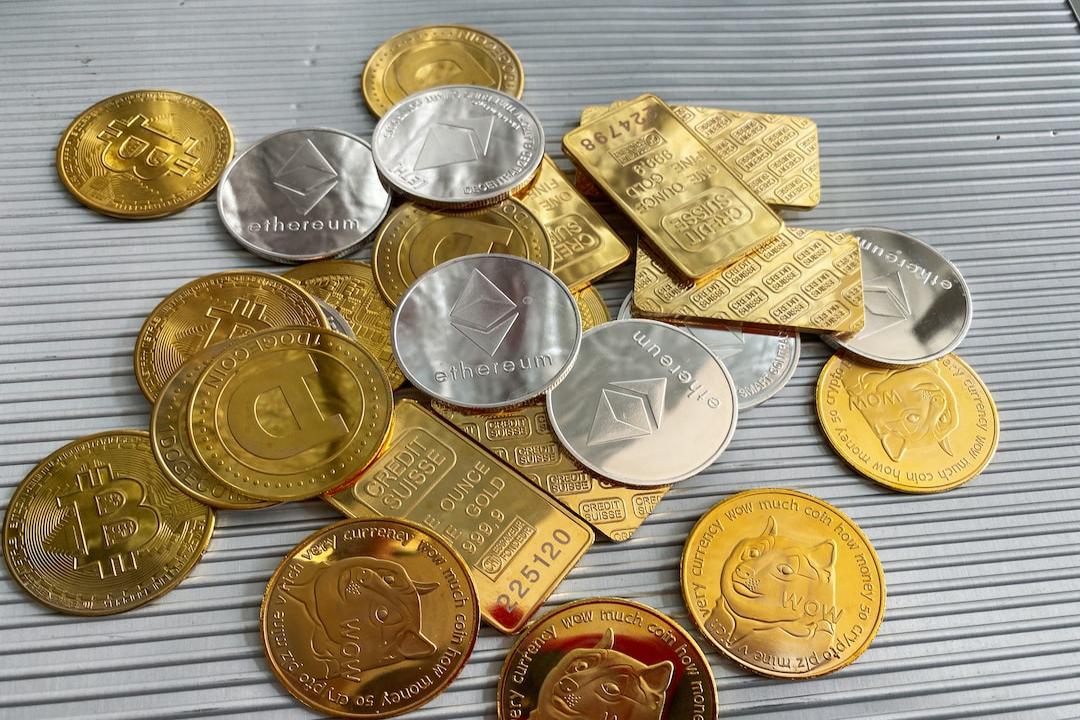How Web3 Technology is Revolutionizing Marketing?
Points, member rewards, mileage, and more have been marketing tools in the Web2 era for years. However, in the Web3 era, we are seeing marketing tools revert from tokens back to points. Today, Web3 projects are utilizing token incentives and evolving loyalty programs, creating new sparks through the collision of traditional marketing tools with blockchain technology. In this article, let’s explore how NFTs, DeFi, DAOs, and other new technologies are coming together with this traditional marketing tool.
In the Web2 era, user participation did not equate to ownership, and consumers were unable to share in the growth dividends of companies. Users would browse their social media feeds on Facebook, shop on Amazon, and contribute a significant amount of data and time, but it was difficult for them to obtain equity in these platforms. Eventually, the final blow was dealt to retail investors through IPOs, isolating them from this capital game. This led to a severe imbalance of interests.
With the emergence of Web3, starting with Bitcoin, cryptocurrencies introduced a whole new incentive model. Users could participate in projects through mining, trading, and other means to earn the project’s native tokens, becoming true stakeholders. Furthermore, ICOs became popular, allowing users to directly invest in early-stage projects without going through layers of VC scrutiny. Airdrops pushed the boundaries of inclusive finance, giving users the opportunity to receive project tokens for free by making contributions.
During the DeFi era, liquidity mining became prevalent, enabling users to earn project tokens by providing liquidity and participating in governance. This achieved the concept of “mine as you participate,” creating a close-knit community of shared interests between users and projects.
However, liquidity mining also exposed some issues: rapid token issuance leading to inflation, many users seeking short-term gains by quickly selling their staked tokens, and project teams lacking long-term incentives for users. At this point, developers began exploring more sustainable incentive solutions, giving rise to points.
The point mechanism encompasses the strengths of traditional loyalty programs and Web3 token incentives. It distributes points to users based on their contributions within dApps, such as transactions, social interactions, and gaming. Points can be redeemed for digital assets like NFTs, used for project governance, or converted into tokens at a certain ratio in the future. Unlike liquidity mining, points typically cannot be directly traded, and the rules and timeline for converting them into tokens are controlled by the project team. This prevents excessive inflation and short-term speculative behavior by users.
On the other hand, points combined with the latest blockchain technology bring revolutionary changes to user experiences. For example, Token Bound Accounts bind user identity, points, and NFTs together, enabling seamless point management and usage. Evolving NFTs can dynamically update the attributes of NFTs based on user contributions, stimulating the desire for collection. Pledging NFTs can also provide unique benefits to users, such as participating in project governance and earning point bonuses. These innovative applications transform points from mere numbers into interconnected elements of identity, social interactions, and entertainment.
Additionally, technologies like Sponsored Transactions allow users to bypass transaction fees, lowering the entry barrier for participation. Account Abstraction achieves social media login, eliminating the need for users to manage their private keys. These technological innovations enable more users to easily participate in the Web3 points economy.
How will the point mechanism evolve in the future? With the continuous maturation of the Web3 ecosystem, more imaginative incentive models are expected to emerge. On one hand, with the development of cross-chain technology, points have the potential to break down ecological barriers and achieve universal circulation, creating greater value space. For example, one of the winning projects at this year’s ETH Denver used ERC-6551 for buying and selling airdrop points. On the other hand, with the rise of DAOs, points may become deeply integrated with mechanisms such as community governance and profit distribution, directly transforming user contributions into decision-making power and profit rights.
By utilizing points, project teams do not need to conduct token pre-sales to such a large extent. With points, retail investors can “invest” earlier and potentially obtain tokens at a cheaper price than waiting for the Token Generation Event (TGE).
However, because the timing of airdrops and the ratio of points to tokens are unclear, this tool is more advantageous to the project team compared to previous airdrops. The point program is only effective when there is a high level of trust between users and project founders. The community must believe that their points will be converted into tokens at a reasonable price within a reasonable timeframe after interacting with the protocol. As the popularity of point programs increases, there may be bad actors abusing this trust. Ultimately, severe violations of trust involving significant amounts of funds could lead to the failure of points as fundraising and user participation tools.
Nevertheless, overall, the rules of the Web3 game are moving towards a healthier direction. By harnessing the innovative potential of blockchain technology, brands can establish a transparent, fair, and trustworthy points economy, allowing every user to share in the value growth.
Opinion articles present diverse viewpoints and do not represent the position of “WEB3+.”
Proofreading editor: Shao Yuanting

